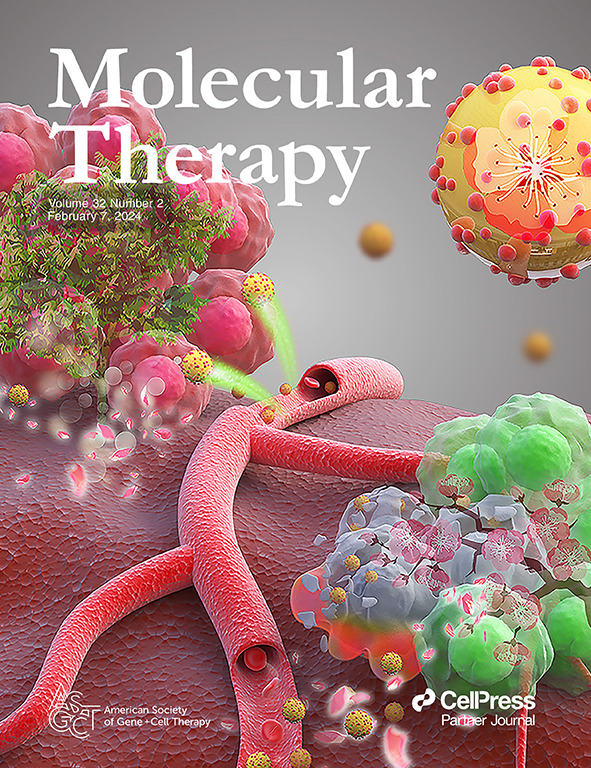Targeting WNT5A Noncanonical Signaling Attenuates Renal Fibrosis Progression in Acute Kidney Injury
IF 12.1
1区 医学
Q1 BIOTECHNOLOGY & APPLIED MICROBIOLOGY
引用次数: 0
Abstract
Preventing progression from acute kidney injury (AKI) to chronic kidney disease (CKD) remains a considerable clinical challenge. In this study, we elucidate the role of WNT5A in accelerating the AKI-to-CKD transition and its underlying mechanisms. Renal biopsies from patients with AKI showed marked upregulation of WNT5A and its receptor CD146 in proximal tubules, with higher expression in patients with CKD progression. In murine AKI models,靶向WNT5A非规范信号可减缓急性肾损伤的肾纤维化进展
预防从急性肾损伤(AKI)发展为慢性肾脏疾病(CKD)仍然是一个相当大的临床挑战。在这项研究中,我们阐明了WNT5A在加速aki向ckd转变中的作用及其潜在机制。AKI患者的肾脏活检显示WNT5A及其受体CD146在近端小管中显著上调,在CKD进展患者中表达更高。在小鼠AKI模型中,Wnt5a敲低可减轻CKD的进展。相反,Wnt5a近端小管过表达会加重缺血再灌注损伤(IRI)小鼠的肾纤维化,而特异性Wnt5a拮抗剂Box5可减轻这种情况。在体外,TGF-β刺激的HK-2细胞中,WNT5A过表达可促进CD146上调,激活JNK磷酸化,增强SNAI1表达。基因沉默WNT5A/CD146和JNK抑制可抑制SNAI1的表达并减弱纤维化反应。在机制上,jnk介导的c-JUN磷酸化促进了其与SNAI1启动子上KLF5的相互作用,从而驱动肾纤维化。AKI患者血清可溶性CD146水平升高与肾功能相关,CKD进展患者血清可溶性CD146水平升高。抑制WNT5A可作为延缓AKI肾纤维化进展的治疗靶点。
本文章由计算机程序翻译,如有差异,请以英文原文为准。
求助全文
约1分钟内获得全文
求助全文
来源期刊

Molecular Therapy
医学-生物工程与应用微生物
CiteScore
19.20
自引率
3.20%
发文量
357
审稿时长
3 months
期刊介绍:
Molecular Therapy is the leading journal for research in gene transfer, vector development, stem cell manipulation, and therapeutic interventions. It covers a broad spectrum of topics including genetic and acquired disease correction, vaccine development, pre-clinical validation, safety/efficacy studies, and clinical trials. With a focus on advancing genetics, medicine, and biotechnology, Molecular Therapy publishes peer-reviewed research, reviews, and commentaries to showcase the latest advancements in the field. With an impressive impact factor of 12.4 in 2022, it continues to attract top-tier contributions.
 求助内容:
求助内容: 应助结果提醒方式:
应助结果提醒方式:


